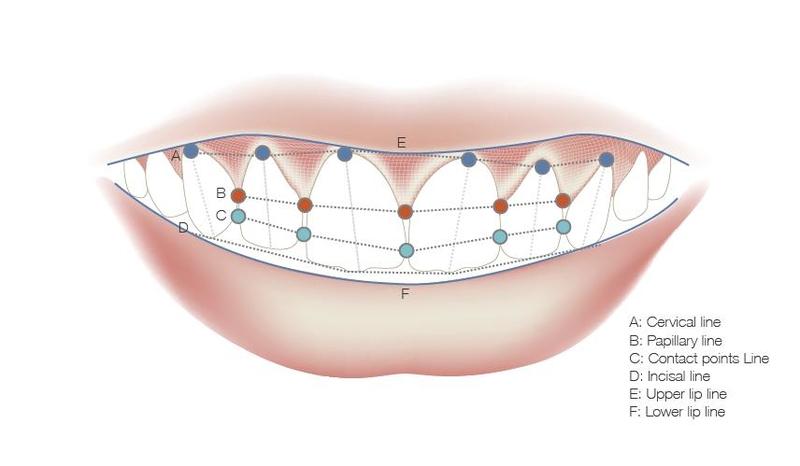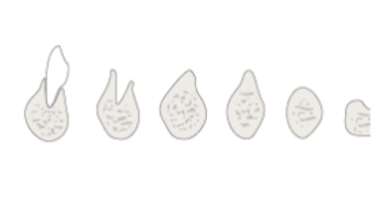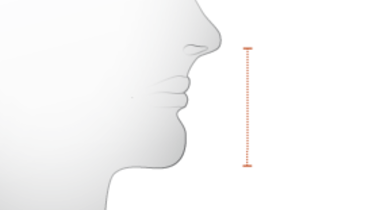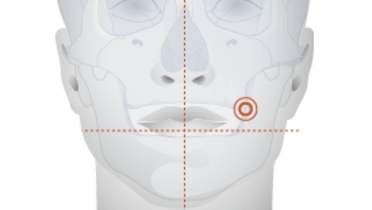-
0
Patient Assessment
- 0.1 Patient demand
- 0.2 Overarching considerations
- 0.3 Local history
- 0.4 Anatomical location
- 0.5 General patient history
-
0.6
Risk assessment & special high risk categories
- 5.1 Risk assessment & special high risk categories
- 5.2 age
- 5.3 Compliance
- 5.4 Smoking
- 5.5 Drug abuse
- 5.6 Recreational drugs and alcohol abuse
- 5.7 Parafunctions
- 5.8 Diabetes
- 5.9 Osteoporosis
- 5.10 Coagulation disorders and anticoagulant therapy
- 5.11 Steroids
- 5.12 Bisphosphonates
- 5.13 BRONJ / ARONJ
- 5.14 Radiotherapy
- 5.15 Risk factors
-
1
Diagnostics
-
1.1
Clinical Assessment
- 0.1 Lip line
- 0.2 Mouth opening
- 0.3 Vertical dimension
- 0.4 Maxillo-mandibular relationship
- 0.5 TMD
- 0.6 Existing prosthesis
- 0.7 Muco-gingival junction
- 0.8 Hyposalivation and Xerostomia
- 1.2 Clinical findings
-
1.3
Clinical diagnostic assessments
- 2.1 Microbiology
- 2.2 Salivary output
-
1.4
Diagnostic imaging
- 3.1 Imaging overview
- 3.2 Intraoral radiographs
- 3.3 Panoramic
- 3.4 CBCT
- 3.5 CT
- 1.5 Diagnostic prosthodontic guides
-
1.1
Clinical Assessment
-
2
Treatment Options
- 2.1 Mucosally-supported
-
2.2
Implant-retained/supported, general
- 1.1 Prosthodontic options overview
- 1.2 Number of implants maxilla and mandible
- 1.3 Time to function
- 1.4 Submerged or non-submerged
- 1.5 Soft tissue management
- 1.6 Hard tissue management, mandible
- 1.7 Hard tissue management, maxilla
- 1.8 Need for grafting
- 1.9 Healed vs fresh extraction socket
- 1.10 Digital treatment planning protocols
- 2.3 Implant prosthetics - removable
-
2.4
Implant prosthetics - fixed
- 2.5 Comprehensive treatment concepts
-
3
Treatment Procedures
-
3.1
Surgical
-
3.2
Removable prosthetics
-
3.3
Fixed prosthetics
-
3.1
Surgical
- 4 Aftercare
Lip line
Key points
- Patients’ lip appearance and activity are a primary esthetic determinant
- Optimal aesthetic treatment outcomes require a harmonious reconciliation between lip morphology, teeth placement and design
- Larger smiles with gingival exposure pose technical esthetic challenges when managing anterior teeth restorations
Harmony of lips and teeth
Optimal esthetic treatment outcomes require a harmonious reconciliation between lip morhology and teeth positioning. Lips provide a picture frame for the anterior teeth that support them; with mouth size and labial contours depending on genetically determined intrinsic structures and influenced by age-related skin changes. The study of patients’ lip appearance and activity is a primary diagnostic requisite. Lip lines are judged as high, defined as the greatest functional height to which the inferior border of the upper lip is raised, or low, defined as the lowest position of the upper lip’s inferior border at rest, or lowest functional position of the superior border of the lower lip.
All lip lines are influenced by
- Lip shape - full, thin, or in-between
- Dimension and nature of oral opening – width, vertical lip separation
- Supporting teeth visibility and presence of healthy supporting gingival tissue

Lip line and restorative considerations
The lip line can be defined as the vertical position of the lower border of the upper lip. It is important to evaluate the lip line when smiling (smile line). The maximum upper lip elevation, during a strained smile, should also be assessed. As the smile expands, the teeth are exposed. When smiling, the width of the mouth is increased by 1/4 to 1/3 compared to the lips at rest. The lip line is typically categorized in high smile, average smile and low smile. The higher the lip line the more challenges there are to achieve satisfying esthetics.
Younger patients often display more maxillary tooth structure than older patients do and this is the current cultural esthetic norm. Larger smiles fail to mask overjets, overbites and may be regarded as ‘gummy’ smiles, presenting with a considerable gingival exposure. They pose technical esthetic challenges when managing anterior teeth restorations e.g when visible residual ridge resorption from trauma or prior surgical interventions is present. Smaller mouths and long upper lips with limited mobility on the other hand are less challenging to manage since their picture frame exposure is limited.



